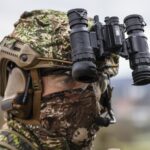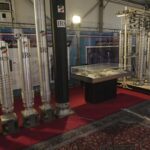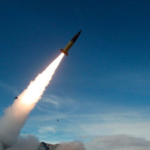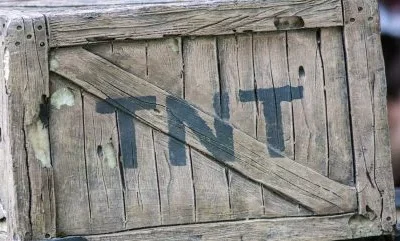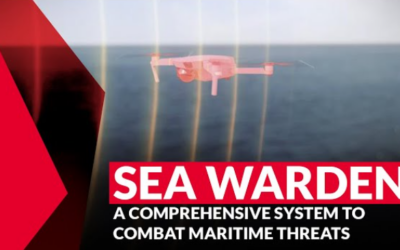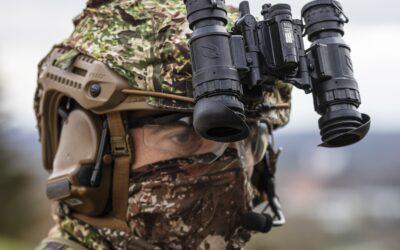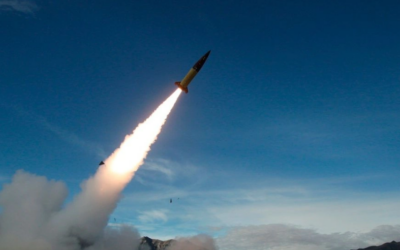As part of its quest to boost weapons production, the US Army is reestablishing TNT production on US soil, inking a deal to build out a…

*Andreas Pogiatzi
In mid-September, it was first reported that at least one Unmanned Surface Vessel (USV) had been recovered on a rocky shoreline outside the Russian Black Sea Fleet stronghold of Sevastopol, Crimea.
The mystery vessel that was published at the time on various internet sources, appeared to be equipped with an electro-optical suite with two cameras (day/thermal), a laser range finder, and other sensors on the bow that presumably were explosive detonators (proximity or contact).

#Russia #Ukraine 🇷🇺🇺🇦: An interesting 'Unmanned Surface Vessel' (USV) found by #Russian authorities in #Sevastopol, #Crimea.
It's likely an Anti-Ship USV improvised by #Ukrainian Forces.
Features a Starlink (?), possible detonators/fuzes and laser range finder (LRF) on the prow. pic.twitter.com/CmlR7EVmYI— War Noir (@war_noir) September 21, 2022
- A few weeks ago, specifically on October 29, the Russian Black Sea Fleet in Sevastopol was hit by swarms of USVs which, according to sources and videos widely circulating on social media, successfully hit the flagship of the Black Sea fleet, the Grigorovich-class frigate, “Admiral Makarov” (becoming the flagship after the loss of the “Moskva”) and a Mine Countermeasures Vessel.
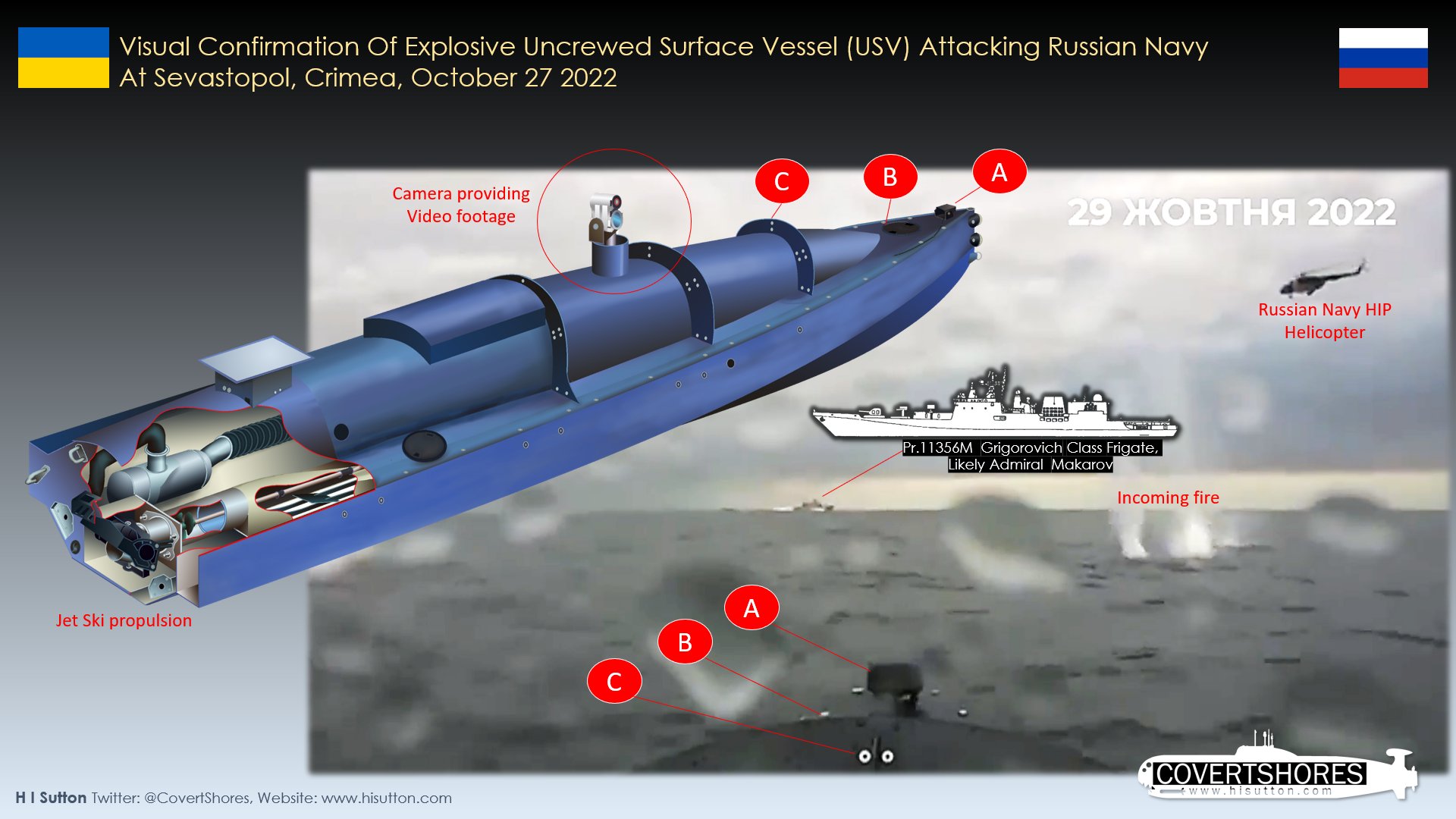
***UPDATE***
Now beyond any reasonable doubt that the type of surface drones used by #Ukraine to attack Russian Navy in Sevastopol today were same as one previous found near the base. #OSINT
Reference https://t.co/vpJFzEniD6
And https://t.co/YWqnJzWTqc pic.twitter.com/bX0vZvC1Hk— H I Sutton (@CovertShores) October 29, 2022
Also read: War in Ukraine | Moskva sank with US guidance
The unmanned “kamikazee” style vessels have, however, played a catalytic role in the civil war in Yemen, where the Houthi rebels used Iranian-supplied components to build “kamikazee” boats with explosives to attack Saudi vessels. One such boat also hit the Al-Madinah frigate of the Royal Saudi Arabian Navy in 2017, killing 2 crew members, injuring 3 others, and causing material damage to the ship which did not sink.
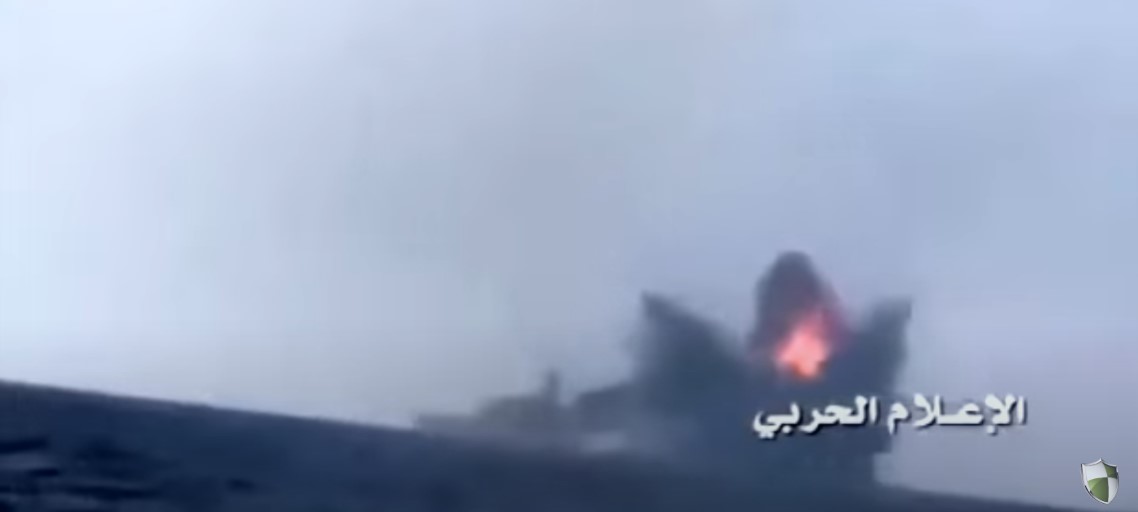
Screenshot from a video posted online by the Houthis depicting the attack
The concept of unmanned surface vessels – and unmanned submarines – is not new, however, their dual-use could be thoroughly studied by the respective Military staff of Cyprus and Greece. USVs are offered both as a means of surveillance and rescue, but also as a means of countering both asymmetric and conventional threats, e.g. engage enemy vessels of various sizes.
USVs are also an economic solution that can be implemented domestically both in Greece (where USVs prototypes already exist) and in Cyprus by companies and organizations that have relevant know-how. The effort in Cyprus can also be enhanced with collaboration with companies from Greece.
More specifically, in Greece, we have at least 2 examples of USVs, the Barracuda’s i-Sostis, a vessel we witnessed at the DEFEA exhibition in 2021, and the Sea Rider which was jointly developed by Barracuda and IDE.
The i-Sostis USV
The Barracuda 747 Multi-Mission (747MM) or i-Sostis (named after the patron saint of Lemnos, Agios Sozos who was considered a savior by the Sailors) was developed using the Greek company’s own resources.
The RHIB-type boat has a specially-designed fixed hull with its sides consisting of six air chambers which provide high buoyancy. The hull is 7.65 meters long, and 2.9 meters wide, with a draught equal to 0.52 meters.
I-Sostis is powered by two 225hp Mercury outboards allowing speeds of up to 55 knots. Its maximum range is up to 500 nautical miles depending on the load (maximum 2.5 tons). It is noted that Barracuda, according to the statements of its owner, Mr. Tassos Hatjistamatiou, at DEFEA, only uses outboard engines on its boats, since it considers them completely safe, with the ability to operate even up to 60 seconds underwater.

The 747 Multi-Mission (i-Sostis)
The USV can optionally be manned by two people and is equipped with two cushioned seats in its low-profile cabin. It can be used to support special forces or search and rescue (SAR) operations.
The i-Sostis can operate in weather conditions with up to 7 Beaufort, being able to survive up to 9. The vessel also features a shielded fuel tank which prevents the fuel from igniting.
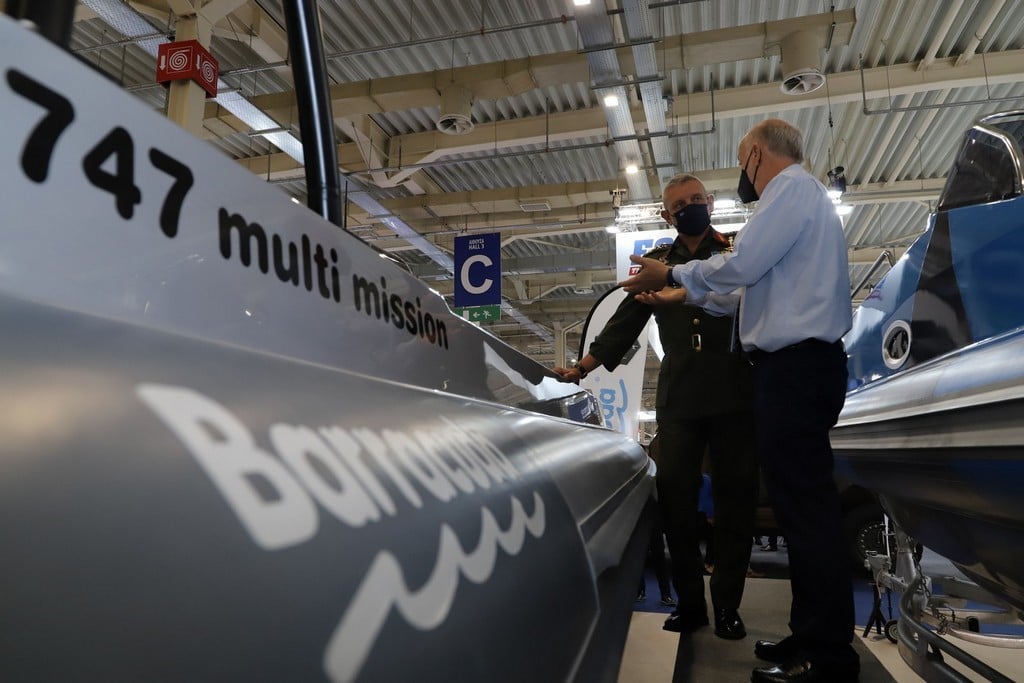
Chief of Hellenic General Staff Kon/nos Floros together with the owner of Barracuda at the DEFEA 2021 exhibition
Other features include the ability to avoid obstacles, return to its base in case of loss of communication signal and the ability to be airlifted by a Chinook helicopter or C-130 aircraft.
The Sea Rider USV
In the framework of the European program OCEAN 2020 (Open Cooperation for European mAritime awareNess) the unmanned surface vessel (USV) Sea Rider was showcased in late 2019.
In particular, OCEAN 2020 was the first major collaborative Defence Research and development project funded by the European Commission through the Preparatory Action on Defence Research (PADR) program. The project started in April 2018 and lasted 36 months. The budget amounted to €35.48 million and its coordinator was the Italian company Leonardo under the supervision of the European Defence Agency (EDA).
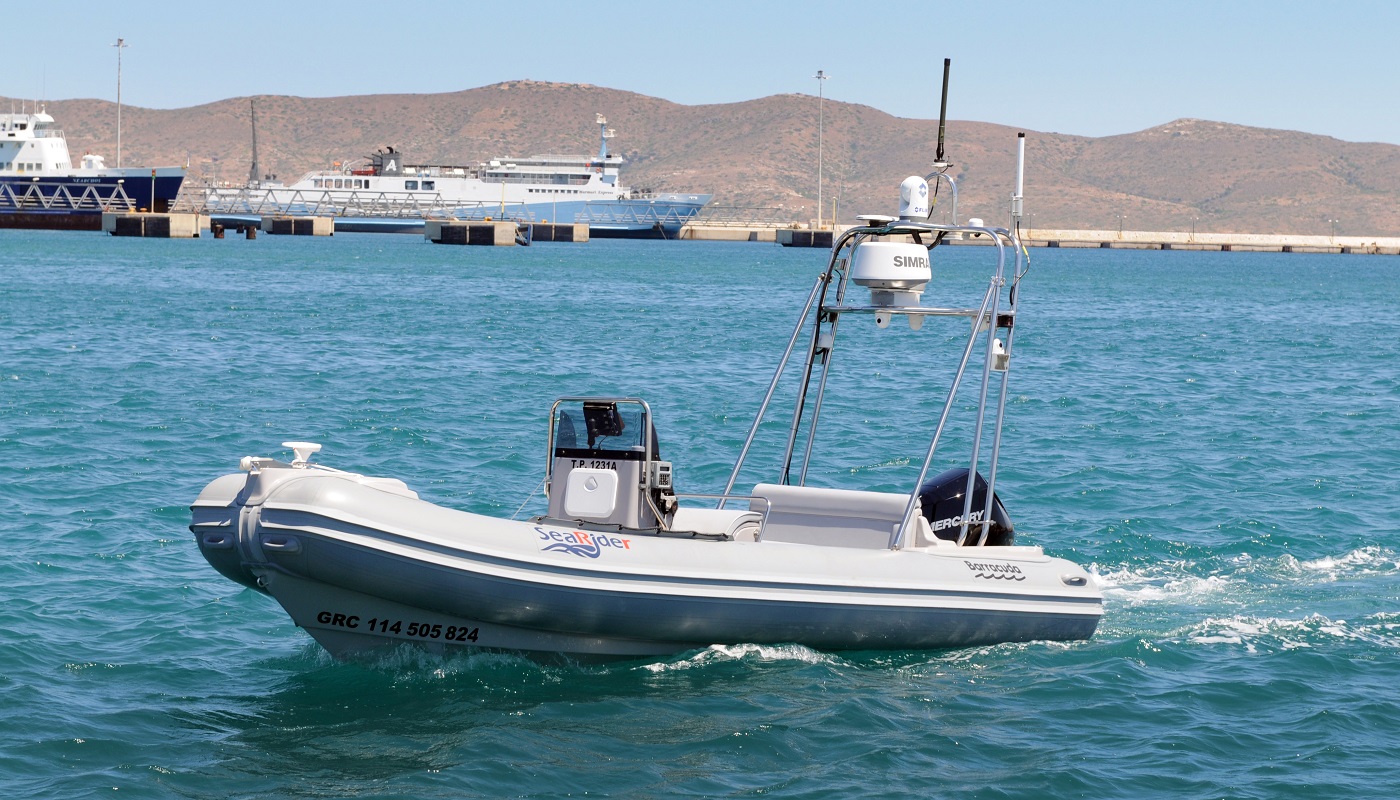
The Sea Rider USV
In terms of Greek participation, the participants were IDE, Barracuda, ALTUS LSA, the National Kapodistrian University of Athens, and the Ministry of National Defence.
The SeaRider is based on the Barracuda 597 Class B fixed hull (RHIB) boat, capable of sailing in winds up to 8 Beaufort.
Sea Rider Technical Characteristics:
- Length: 5.98 m
- Beam: 2.62 m
- Weight (empty): 650 kg
- Maximum amount of fuel: 300 l
- Maximum weight: 1,020 kg
- 175 HP 6-cylinder Mercury outboard engine
- Maximum speed: 40 knots
- Endurance: 6-10 hours
- Large watertight space for hosting the mission’s equipment
- Metal roll bar for supporting sensors, antennae, and other electronics
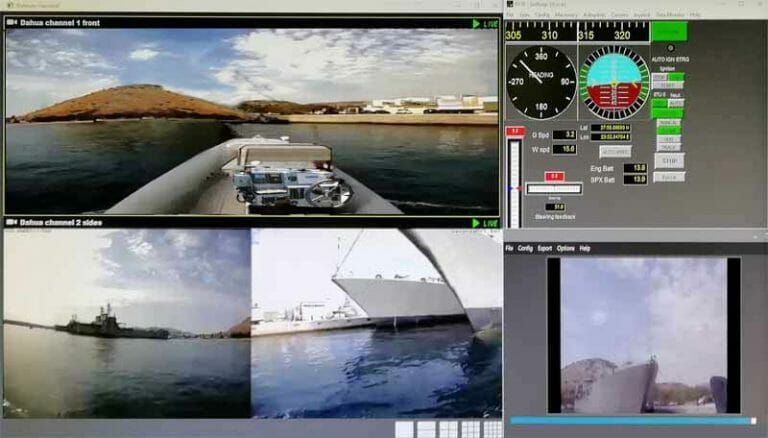
This boat uses an autopilot and a GPS compass for its navigation. Its equipment is controlled remotely, through the advanced Control Station (Command & Control – C2), based on IDE’s iDefender (C2 suite), which integrates:
- The boat is remotely controlled via a joystick or using waypoints
- Remotely-controlled mission equipment
- Telemetry data
- Render targets and animation
- Map information
With its modern electronic equipment and sensors, it can perform surveillance, reconnaissance, and intelligence gathering (ISR) missions at a lower cost, without the risk that similar manned missions entail for personnel.
Among others, the Sea Rider carries high-speed UHF communication equipment that supports multiple topologies, multiple levels of communications security (TRANSEC and COMSEC), advanced Quality-of-Service (QoS) mechanisms, and a management system. The technical characteristics of the system are adapted for operation in a marine environment with a range of approximately 20 nautical miles.
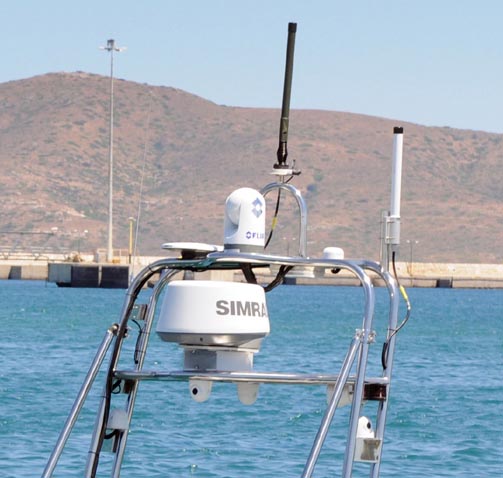
In terms of sensors, what stands out are the stabilized electro-optical/IR system that includes day/night cameras with optical and digital zoom and the surface radar with the ability to track up to 10 targets simultaneously and a range of 36 nautical miles.
Regarding the capabilities of the Turkish Defence Industry in the field of Unmanned Surface Vessels, read the following article.
Also read: ULAQ | Turkey’s first armed unmanned surface vessel (AUSV) – VIDEO
READ MORE
Ticonderoga | The US Navy is extending the operational life of three cruisers
The US Navy has announced that it is extending the operational life of three Ticonderoga-class cruisers. The decision will…
Sea Warden | MBDA’s system to counter unmanned threats at EURONAVAL 2024
At the EURONAVALl 2024 exhibition, MBDA presented Sea Warden, a modular anti-drone system adapted to the naval environment that integrates…
THEON International | New orders amounting to €74 million having already exceeded €150 million in the 4th trimester
THEON INTERNATIONAL PLC (THEON) announced additional orders for the month of November. As a result of the…
UN | Iran has increased uranium enrichment to near weapons-grade levels
Iran has further increased its stockpile of uranium enriched to near weapons-grade levels, defying international pressure, according to…
Brazil | Arrests of military and police officers for plotting the assassination of President Lula
Brazilian police have arrested five officers accused of plotting a coup which included plans to overthrow the government following the…
Sweden | Leaflets with survival instructions in the midst of the Ukrainian crisis
Sweden started sending out five million leaflets to the country’s residents yesterday, urging them to prepare for a possible conflict…
Ukraine | The first ATACMS strike on Russian soil took place
The Ukrainian armed forces carried out their first strike on a border area within Russian territory with an ATACMS missile.
Finland | The first major NATO artillery exercise on its territory
The exercise is taking place in northern Lapland and is part of wider artillery exercises, which have been dubbed ‘Dynamic Front 25…









